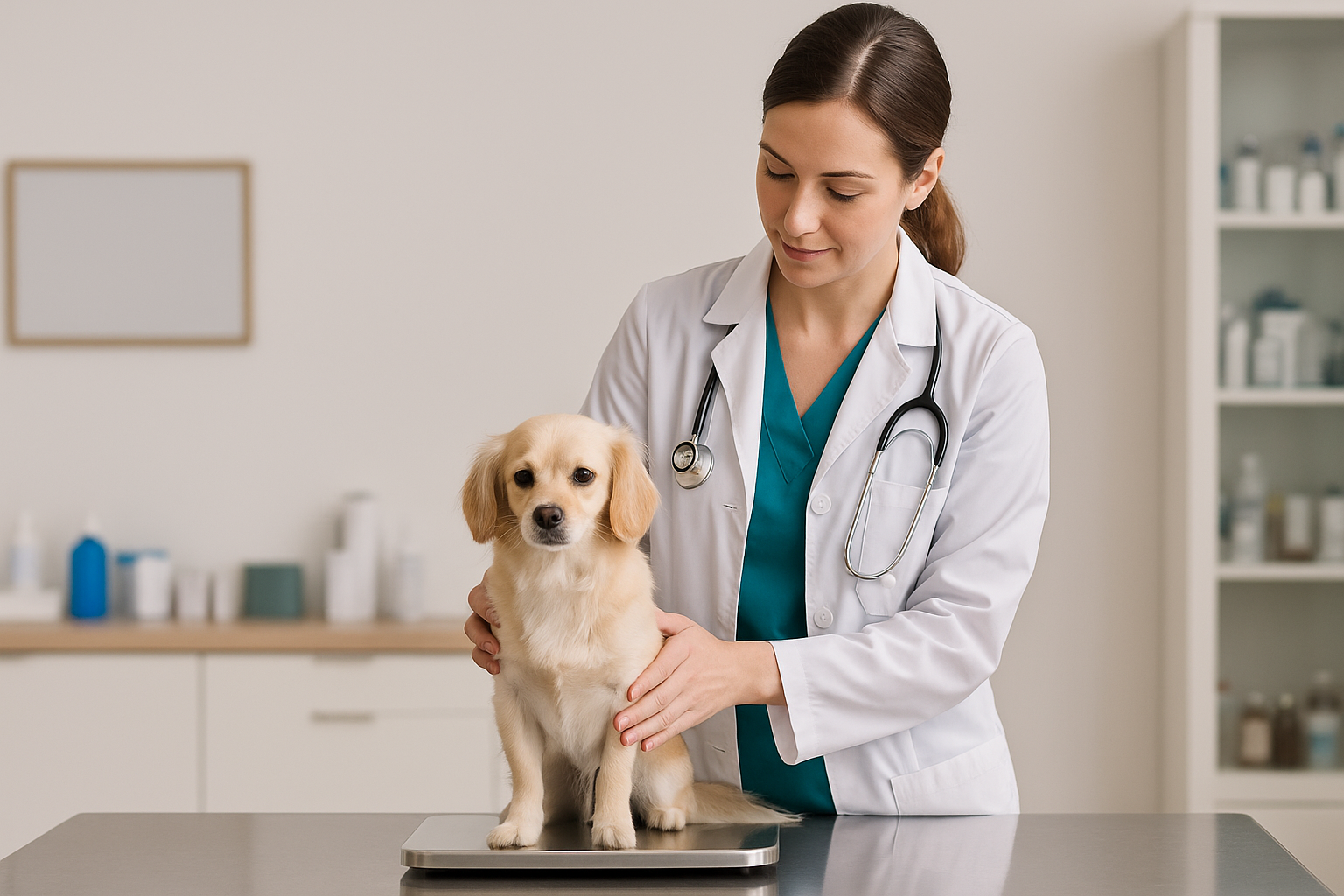Veterinary visits are like an annual check-up to ensure your furry friend stays healthy and happy for a long time. These exams help you and the vet notice small changes, address issues before they escalate, and adjust care as your dog or cat grows. To make the most of each visit, it’s good to prepare and talk openly with the veterinarian.
Before the Appointment: Getting Ready
Planning ahead helps ensure your pet’s veterinary visit is smooth. Keep a notebook or use your phone to jot down what your animal eats, any supplements, and exercise habits. Note any changes in mood, behavior, appetite, weight, or bathroom habits since the last visit. If possible, bring samples of stool or urine, especially if the vet requests them. Have a list of medications, vaccination dates, and recent treatments or allergies. These details help the vet take better care of your pet and make the appointment quicker.
The Physical Exam: What Happens and Why
A typical exam is like a careful check of the body, from head to tail. The veterinarian might observe your pet walking, standing, and sitting, noting their weight, energy, and how they move. They’ll palpate the body to check for any swelling or abnormalities. The vet will examine the skin and coat for dryness, parasites, or unusual spots and inspect the eyes for clarity and health. Ears are checked for wax, odor, and signs of infection. A look in the mouth is also important, as the color of the gums, cleanliness of the teeth, and breath can indicate dental or overall health issues.
A stethoscope helps the vet listen for heart sounds or breathing patterns that may show health concerns. Moving the joints and assessing posture can reveal pain, stiffness, or arthritis. All these details together help the vet decide the best course of action for your pet.
Laboratory Tests: Catching Problems Early
Blood tests are often performed during annual veterinary visits; they check blood cells and organs for problems before your pet gets sick. For older animals or those with health issues, additional tests like checking the thyroid or screening for specific diseases might be done. A urinalysis helps identify kidney issues or sugar in the urine, while a stool sample allows the vet to check for dangerous parasites, even if your pet is strictly indoors.
Breed and age can affect these recommendations: for example, large dogs may need joint X-rays every few years, while older cats often benefit from regular kidney or thyroid screenings.
Vaccinations and Preventive Care
Part of each wellness visit is reviewing and updating vaccinations. Instead of a fixed prescription, a good vet tailors which vaccines and parasite preventions (like fleas, ticks, and heartworms) are appropriate for your pet’s activities, risks, and location. If dental tartar or gum inflammation is detected, your vet may recommend professional cleaning or changes to at-home oral care.
Diet, Behavior, and Daily Routines
Annual vet visits are also an opportunity to discuss how your pet’s lifestyle affects their health. Talk about your pet’s weight, food quality, eating habits, and any vitamins; addressing these factors can significantly help over time. Be honest about changes in temperament, like irritability, nervousness, avoiding family, or accidents at home. Open conversations help the vet understand what might be happening and offer useful, targeted advice.
Special Considerations Across Life Stages and Breeds
Puppies and kittens need to visit the vet more often for vaccinations and developmental check-ups. Young and adolescent pets may only need annual visits, but as they age, more frequent monitoring becomes crucial for health and longevity. Some pets have inherited issues, such as joint, heart, or respiratory problems, and may require breed-specific or type-specific screenings.
Making the Most of Your Visit
Your veterinarian should explain findings and recommendations in a way you understand. Don’t hesitate to ask why certain tests are necessary or what is urgent and what can wait. Bring a notebook or use your phone to record advice, prescriptions, next steps, and future appointment dates. Follow-up communications—lab results, medication adjustments, or repeat tests—are expected parts of the modern veterinary relationship.
Quick Reference Checklist for Your Vet Visit
- Note changes in diet, behavior, and medication before your visit.
- Bring samples if requested.
- Prepare questions and concerns.
- Expect a complete body exam.
Discuss medications for parasites and vaccinations.Review nutrition, dental care, and exercise routines.
- For puppies, seniors, or special breeds: ask about extra screenings.
Record recommendations and upcoming appointments.
Important Tip:
Adopting a proactive approach to annual wellness visits yields lasting benefits, allowing your pet to thrive and providing peace of mind at every life stage. Open communication, thoughtful preparation, and partnership with your veterinarian form the foundation of a well-lived life for every beloved companion.
